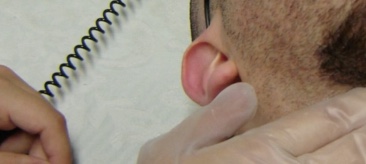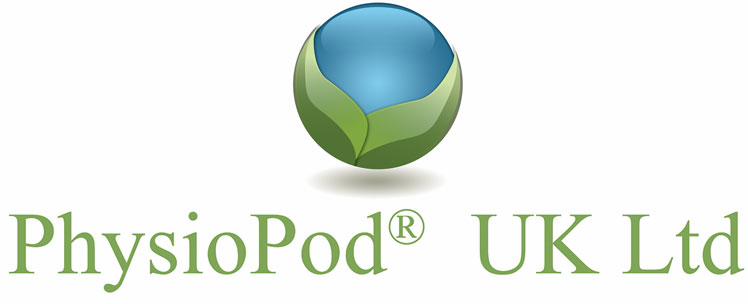Radiogenic Fibrosis - Treatment with Deep Oscillation®
Reducing inflammation and pain, increasing lymphatic flow and promoting tissue regeneration. With thanks to Luis Felipe Medina Cabezas, Clinical Consultant for PHYSIOMED ELEKTROMEDIZIN AG, Santa Paula University

This video explains the benefits of deep oscillation therapy for the treatment of radiogenic fibrosis or scar tissue resulting from radiotherapy. The narrator describes how deep oscillation works by delivering a gentle, non-invasive electrostatic pulse through the skin to the underlying tissues. This pulse produces a therapeutic effect that can reduce inflammation and pain, increase lymphatic flow and promote tissue regeneration. The video also features interviews with patients who have undergone deep oscillation therapy for radiogenic fibrosis. These patients report significant improvement in their symptoms with few or no side effects. A radiation oncologist also discusses his experience with deep oscillation therapy for radiogenic fibrosis and notes that it is a safe and effective modality that can complement traditional treatments. Overall, the video highlights the potential benefits of deep oscillation therapy for patients with radiogenic fibrosis and encourages healthcare professionals to consider this unique treatment option.
What is Radiogenic Fibrosis?
Radiogenic fibrosis refers to the development of excessive scar tissue in response to radiation therapy. Radiation therapy is a common treatment for various types of cancer, and while it can be effective in destroying cancer cells, it can also damage healthy tissues in the process.
Radiation therapy works by targeting and damaging the DNA within cancer cells, which prevents their ability to divide and grow. However, the radiation can also affect surrounding healthy tissues, leading to inflammation and the formation of fibrotic tissue.
Fibrosis is a process in which excess connective tissue, mainly collagen, is produced and deposited in an area. In the case of radiogenic fibrosis, this excessive collagen production occurs as a response to the tissue damage caused by radiation. Over time, this fibrotic tissue can accumulate and cause functional impairments and symptoms.
Radiogenic fibrosis can occur in various organs and tissues depending on the site of radiation treatment. Common areas affected include the lungs, heart, breast, and pelvic region. Symptoms may vary depending on the affected area but can include pain, stiffness, limited range of motion, difficulty breathing, and organ dysfunction.
Managing radiogenic fibrosis typically involves a multidisciplinary approach, which may include medications, physiotherapy, and lifestyle modifications. The goal is to minimise symptoms, improve function, and enhance the quality of life for individuals affected by this condition.
How can Deep Oscillation offer benefits for Radiogenic Fibrosis?

1. Reduction of fibrotic tissue: Deep Oscillation utilises an electrostatic field to create therapeutic vibrations within body tissues. These vibrations can improve blood and lymph flow, which may help to break down fibrotic tissue and reduce its development.
2. Enhancement of tissue healing: Deep Oscillation promotes tissue regeneration by stimulating the production of collagen and supporting the healing process. This can aid in reducing fibrosis and promoting healthier tissue growth.
3. Pain relief: Radiogenic fibrosis can cause discomfort and pain. Deep Oscillation has been found to have analgesic effects by stimulating sensory receptors and reducing pain signals. This can help alleviate symptoms associated with radiogenic fibrosis.
4. Improved lymphatic drainage: The oscillations generated by Deep Oscillation have been shown to enhance lymphatic function. This can aid in the removal of excess fluid and metabolic waste products from the affected area, potentially improving tissue health and reducing swelling.
5. Non-invasive nature: Deep Oscillation is a non-invasive therapy that does not involve the use of drugs or surgery. This makes it a potentially suitable option for individuals with radiogenic fibrosis who may want to avoid invasive treatments.
It's important to note that while Deep Oscillation may offer potential benefits, it should always be used as part of a comprehensive treatment plan under the guidance and supervision of trained healthcare professionals.
MORE READING



